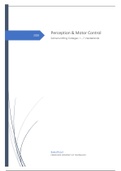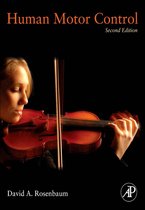Summary
***DUTCH***EXTENSIVE SUMMARY LECTURES - PERCEPTION & MOTOR CONTROL LECTURE 1-7
- Course
- Institution
- Book
***Extensive Summary of lectures 1 - 7 for the course "perception & motor control" in DUTCH. All images and text from the slides are included, as well as important text from the reading material ***
[Show more]




